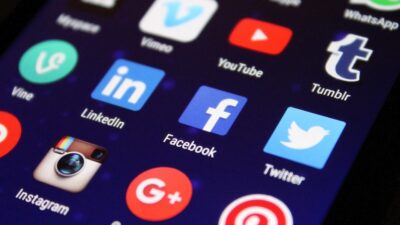The Internet of Things (IoT) represents one of the most transformative technological shifts of our time. With billions of devices interconnected across various sectors—ranging from healthcare and transportation to agriculture and smart cities—the potential benefits are immense. However, alongside these opportunities lie significant regulatory challenges that must be navigated to ensure safety, security, and ethical use.
1. Data Privacy Concerns
One of the foremost challenges in the IoT regulatory landscape is data privacy. IoT devices collect vast amounts of personal data, including sensitive information such as health metrics, location, and personal habits. Existing data protection regulations, such as the General Data Protection Regulation (GDPR) in Europe and the California Consumer Privacy Act (CCPA) in the United States, face difficulties keeping pace with the ever-expanding nature of IoT. These regulations often require companies to maintain high standards of data transparency and user consent, which can complicate the seamless operation of IoT devices.
Data Ownership and Consent
Questions arise about who owns the data generated by IoT devices and how consent is obtained. Many users are unaware of the type of data collected or the ways it may be used, leading to trust issues. Regulators must address these concerns by delineating clear guidelines on data ownership and reinforcing the importance of informed consent.
2. Cybersecurity Risks
The proliferation of IoT devices increases vulnerabilities to cyber attacks. Many IoT devices lack robust security protocols, making them prime targets for hacking. High-profile breaches in various sectors, including smart home systems and critical infrastructure, underline the need for stringent cybersecurity regulations.
Implementing Standards
Regulatory bodies face the challenge of developing industry-wide standards for cybersecurity across diverse IoT applications. They must strike a balance between establishing comprehensive security frameworks and avoiding overly burdensome regulations that could stifle innovation.
3. Interoperability and Standards
The IoT ecosystem comprises myriad devices, platforms, and technologies, many of which function on proprietary protocols. This lack of interoperability creates compatibility issues, posing a significant barrier to the widespread adoption of IoT technologies.
Creating Universal Standards
Developing universal standards is essential to ensure seamless integration and functionality across devices. However, reaching consensus among stakeholders—manufacturers, developers, and consumers—can be a complex and protracted process, often leading to regulatory delays.
4. Liability and Accountability
As IoT devices become increasingly autonomous, questions regarding liability and accountability arise. If an IoT device malfunctions or is hacked, determining who is responsible becomes problematic. Is it the manufacturer, the software developer, or the user? Current legal frameworks may not adequately address these emerging complexities.
Evolving Legal Frameworks
Regulators must consider evolving legal frameworks that clarify liability in the context of IoT. This could include defining the obligations of manufacturers, as well as creating guidelines around insurance models tailored for IoT technologies.
5. Environmental Impact and Sustainability
The rapid growth in IoT deployments raises concerns about the environmental impact of increased electronic waste (e-waste) and energy consumption. Regulatory frameworks must also include considerations for sustainability, pushing for eco-friendly manufacturing processes and lifecycle management practices.
Regulatory Initiatives
Governments and regulatory agencies can implement initiatives aimed at promoting sustainable practices in IoT device production and disposal. This may involve encouraging manufacturers to adhere to environmental standards and foster a circular economy.
6. Global Regulatory Disparities
The IoT regulatory landscape is not uniform across borders; different countries have unique approaches to regulation. This disparity can create confusion for companies operating internationally and may hinder cross-border data flows. Companies face challenges navigating these varying regulations while attempting to adhere to local laws.
Pursuing Global Harmonization
Efforts toward global harmonization of IoT regulations could facilitate smoother operations for companies and enhance data protection globally. International cooperation among regulators may help in developing standardized regulations that address the specific nuances of IoT technologies while respecting cultural differences.
Conclusion
The regulatory landscape for IoT technologies presents a myriad of challenges that require thoughtful navigation. As the industry continues to evolve, it is crucial for stakeholders—including regulators, manufacturers, and consumers—to engage in open dialogue and collaboration. Striking a balance between fostering innovation and protecting privacy, security, and the environment will be essential in shaping a resilient and responsible IoT ecosystem. The road ahead may be fraught with challenges, but with the right frameworks in place, the potential of IoT can be realized safely and ethically.


